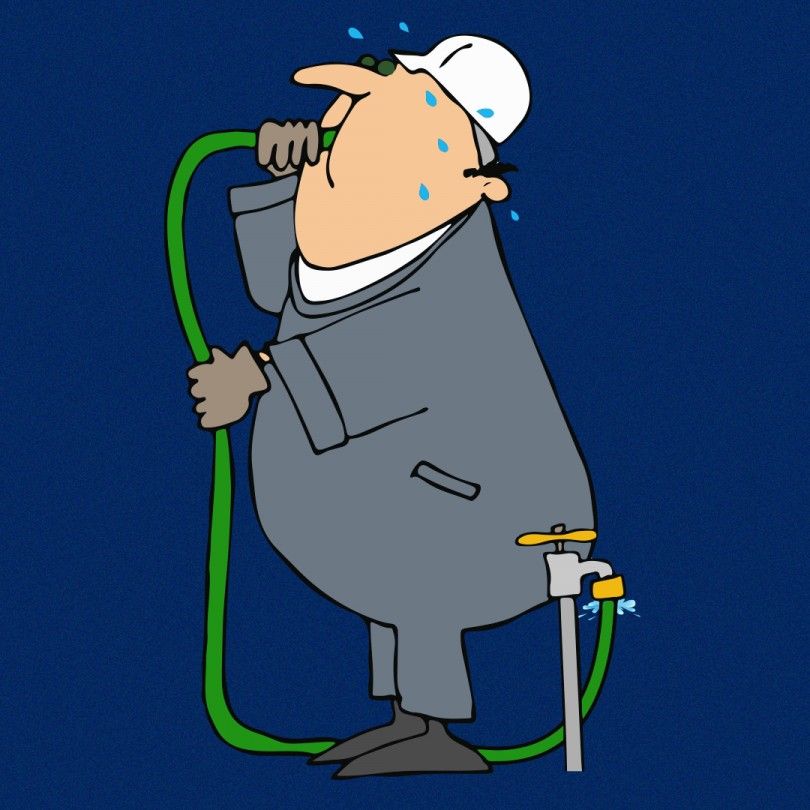Contaminants continue to plague drinking water sources and cropping up in tap water and direct tap water consumption in India nowadays is not at all a saver option.
Water is of such importance in our life that W.H Auden once said: “Thousands have lived without love, not one without water”.
Water the “elixir of life” is essential for sustenance of life. But what happens your water source is contaminated? The elixir of life can soon be deadly.
A recently published TOI article, it is now clearer that tap water in Indian cities is not safe even for daily usage. Contaminants continue to plague our tap water and are now cropping up in drinking water sources as well. Contamination is a result of innumerable civic issues from overflowing sewers, wastewater treatment, local land-use practices as well as contamination from naturally occurring minerals.
Given the various contributing factors to contamination, it’s worth understanding how your water can be affected and what this means for your health.
What are water contaminants and how common are they?
Deadly contaminants found in water include lead, arsenic, nitrate, manganese, bacteria & viruses and can make its way into the body as a result of the pipe quality and usage of tap water to cook or clean food Each of these brings with it a host of critical medical issues that can surface over a longer period of time with sustained exposure.
How do these contaminants get into the water?
Many may believe that tap water is treated by the civic body before it reaches your tap. This may be a fact, but the problem lies in the way it is delivered to you.
pipelines that supply water to homes could be decayed. It's likely that these pipes may have minor leakages that are large enough for bacteria and parasites to enter into your water supply. The situation worsens because many urban developments have water and sewage pipelines running alongside each other.
Making its journey through the questionable pipeline’s water eventually makes its way to storage underground or overhead storage tanks before it finds its way to faucets in a home. These storage tanks are often filthy with organic and microbiological impurities which multiply at a rapid rate unless cleaned at frequent intervals.
These are the two ways in which drinking water may get contaminated most before it reaches your tap water. And, within the home, storage and handling are responsible for re-contaminating water.
What are the health risks associated with drinking contaminated water?
All water contaminants can have adverse health effects, that's a given but how does one come to drink contaminated water even when taking precautions within the home?
A recent report by the United Nation featured a shocking report says more than 3 million people in the world die of water-related diseases and that in India, over 1 lakh people die of water-borne diseases annually.
So are water purifiers the solution for safer drinking water?
To ensure the purity of your drinking water, your in-house water treatment should be capable of killing all contaminants present in the water and should dispense clean and safe water at the point of use so that there is no chance of contamination. Install a water purifier in the home that removes the micro-organisms and filter out all the heavy metal contaminants and make your water safe for consumption.
We have arrived at a crossroads where we don’t just need to save water but also need to take charge of the quality of the water supply. So that we can build an assurance of quality for future generations to come.





